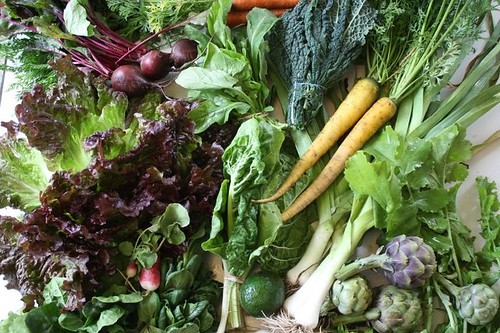The first is, I nearly forgot to write this post because I'm so busy (in a good way!).
And the second is that up until a few days ago, all I knew about Thanksgiving was that it is a day when lots of Americans eat lots of turkey. And on TV programmes everyone sits around the table listing what they're thankful for.
Well, I couldn't possibly list all the things I'm thankful for. But I think it's interesting how the idea of thankfulness is, I think, part of the core of the green movement -- thankfulness for the life we've been given and the planet we have to live it on. And what better thought to start what, for many of us, can be the most wasteful time of year?
So I thought I'd leave you with a few top-tips for reducing your rubbish this holiday season without spoiling your fun as you go partying, giving, shopping and feasting. And if it all seems a bit overwhelming, just do what you can. A little effort can go a long way ...

Christmas tree furoshiki, GreenerFrog on Etsy (also, click here to visit Hop Frog Pond for excellent furoshiki information and instructions!)
1. Furoshiki -- gift wrapping with fabric. Traditionally, the Japanese giver would unwrap the gift in front of, and then present it to, the recipient and take the wrapping cloth home with them. This isn't necessarily a practical solution in many cases, but it would be easy to keep a set of cloths for wrapping your family's presents. Make them part of your holiday tradition, re-loving them year on year along with the baubles!
2. Aim to only send cards to those you can't see in person during the season, and choose recycled or sustainably sourced cards where you can. Save the cards you receive to make new cards or gift tags next year!
3. Try to plan ahead, and if you want to give someone a gift but don't know what they'd like, ask! That way, you can avoid panic-buying that over-packaged gift set -- and if all else fails, get a gift voucher.
4. And when I say gift voucher, make sure you check out Etsy, DaWanda and other handmade venues for sellers who might offer them. :)
6. Avoid leaving a bad taste by buying local food; avoiding over-packaged food in the supermarket; choosing organic and free-range; and making full use of your fridge and compost bin for leftovers :)
Above all, remember to relax and enjoy yourself, and the company of your loved ones!
And this is my final contribution to Sew Green this year, so I'd like to wish you all a (very universal) Happy Holidays and my best wishes for the new year!
Maimy x







